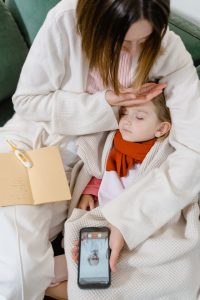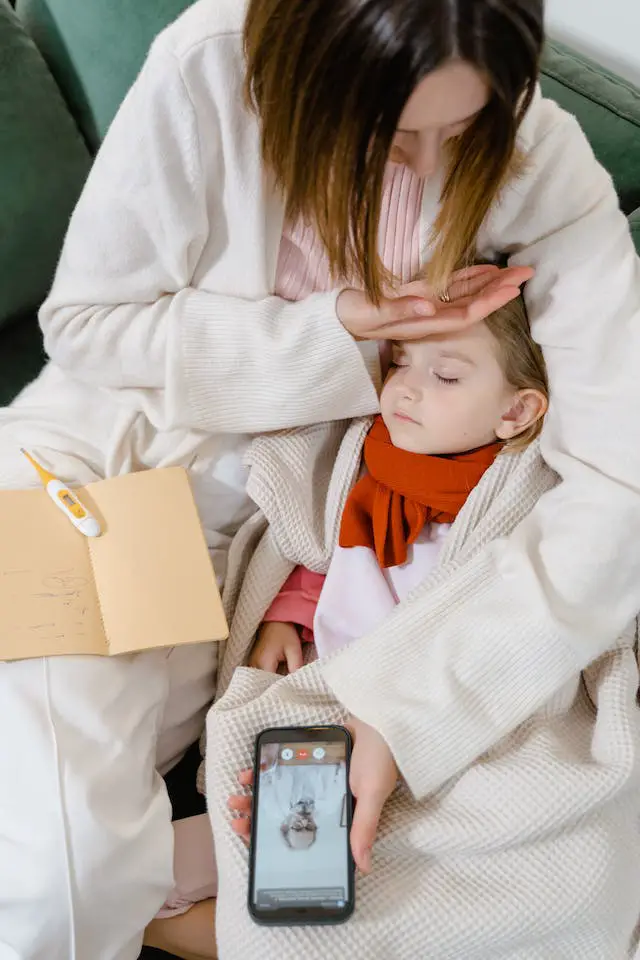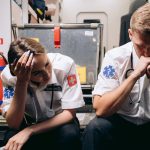RSV Virus:T7 Season, But Where’s Our Bey Fortes Apply Now
It’s RSV Season, But Where’s Our Beyfortus?
With the winter respiratory season well underway, children with respiratory syncitial virus, or RSV as it is more widely known, are a common sight in homes, workplaces, and hospitals.
This season isn’t nearly as busy as it was a year ago, a situation I went into great detail about last November. If you want to catch up with the rest of the class, please check out the primer on RSV that I wrote after that post.
RSV in Children what to do if your Child has RSV

RSV in adults symptoms
In short, RSV is a respiratory virus that most people get every year from time to time, but it can also cause serious lung infections in infants, the elderly, and anyone in between who has weakened immune systems or other risk factors for more serious illnesses.
RSV Virus
We experienced a record-breaking wave of hospitalized children last year that began in the fall and continued into the new year. It’s not as bad as it was earlier, thankfully, but it’s still bad.
Even though recent CDC data indicates a significant spike in cases, there is a real chance that a similarly severe peak is not far off. However, that is unlikely. I have my fingers tightly crossed.
The severity of an RSV season varies from place to place. Even though the majority of the country had a very difficult year, certain hospitals didn’t experience an exceptionally harsh season, or their peak numbers didn’t plateau for as long.
RSV Virus
And then there were places like Boston, where we worked for several weeks with overcrowding in emergency rooms, children lining the hallways waiting for hospital beds, and pediatric intensive care units across New England struggling to fill beds.
Signs of RSV Signs of RSV and when to worry
Small to medium-sized community hospitals, like mine, were compelled by this to go above and beyond conventional guidelines in order to handle patients who would have been better served by tertiary care facilities.
My coworkers and I didn’t always feel like we could give each patient the safe, appropriate care they needed during the previous season, and we still haven’t completely moved past it.
There was a feeling of impending doom, as though we all had a single frayed nerve. Fortunately, for the most part, the season has been manageable thus far.
RSV Virus
During the past few weeks, there has been a more typical steady increase in the number of children experiencing respiratory distress rather than the large numbers we saw in October or November.
Still, it could have been so much better. It is plausible to argue that a growing number of hospitalized children, or those who will need to be admitted to the PICU or as an inpatient during the next few months, were deprived of a safe and highly effective way to prevent serious RSV disease due to apparent incompetence.
To be honest, a lot of parents, family physicians, and pediatricians are not very happy right now.
I wrote in August about the recently approved use of nirsevimab (brand name Beyfortus) in children at risk for severe RSV disease:
RSV Virus
The use of a recently approved injection that has been shown to lower the risk of severe RSV disease in young children was recommended by the Advisory Committee on Immunization Practices and the CDC on August
3. This recommendation was made unanimously. Furthermore, the American Academy of Pediatrics released guidelines this week that specify which young patients should be the target of the medication’s introduction.
Through passive immunity, the injection, which contains a monoclonal antibody, functions. One dosage of these protective antibodies, which are typically
Only generated by the immune system when a child contracts RSV, safely lowers the risk of RSV infection that requires medical attention (such as an ER visit, clinic visit, hospital stay, or urgent care facility) by 75%.
RSV Virus
Before the virus reached the United States, it was intended to vaccinate every child under the age of eight months and all children at higher risk up to the age of nineteen months. This season, we were hoping it would make a big difference, but we anticipated some obstacles:
The implementation for this season will be hampered by a few problems:
Practices that treat pediatric patients will be very busy as the COVID-19 vaccine becomes available for purchase.
RSV Virus
Including a These practices may have to wait until 2024–2025 because a new recommended medication that does not yet have billing codes for its administration will cause them to suffer an unbearable financial burden.
Many pediatric practices will probably need to hire new staff or train existing staff in order to comply with state regulations regarding the administration of nerisevimab.
They might need to arrange for and pay for more storage space. The doses will require payment in full up front. It is imperative to acknowledge that
RSV Virus
Caregivers may exhibit notable reluctance towards this process, and that the insurance payouts may not reflect in their bank accounts for up to a year.
Numerous practices have the option to decline.
A large number of kids depend on the Vaccines for Children initiative to obtain the necessary vaccinations. However, Nirsevimab not a vaccination, will be part of the scheme.
Although this is a really positive thing, products funded by VFCs arrive in children’s lives later than those paid for privately. Many of these children will be affected by RSV before they can receive the vaccination.
Now, almost four months have passed since that August nirsevimab post. How have things gone so far? I appreciate you asking, but it’s not great.
RSV Virus
Not surprisingly, there were serious issues with the medication’s rollout. only not the issues that anyone had anticipated.
After making great progress in lowering the likelihood of the possible financial issues indicated in the aforementioned quote, things took a rough start when Sanofi revealed in early October that the drug’s demand was much higher than they had anticipated.
It was advised that we should not expect to receive even a small portion of the prescribed dosage. Thousands of family physicians and pediatricians took offense at this, knowing that families would be fighting for the opportunity to safeguard their children.
RSV Virus
It was not anticipated that a shortage of supplies would prevent eligible patients from receiving their injection.
It was disappointing, to say the least, that Sanofi surprised everyone in October when there were supposed to be plenty of doses available for anyone who needed one.
Though we are talking about doses that are, at most, in the thousands, some shipments have gone out, and Massachusetts fared better than many states. My hospital delivers about 300 babies a month, and we have only administered between 100 and 150 doses.
RSV Virus
Although infants who are premature or at high risk have been given priority, the majority of eligible children remain unprotected. Millions of babies, that is.
When it was announced in mid-November that 77,000 more doses would be released for distribution across the nation, the number of them was almost comical, not that we would refuse even one.
This problem has even made its way into the hallowed (possibly) halls of Congress, where a group of Senate Democrats are calling for answers.
RSV Virus

RSV in adults symptoms
It is possible for infants to obtain a comparable level of defense without taking a nirsevimab dosage. Abrysvo, an RSV vaccine, has also recently been approved for use in adults over 60 and in pregnant women between weeks 32 and 36 of their pregnancy.
Protective antibodies give a mother more time for the baby to cross the placenta and lower her risk of serious illness.
To make matters worse, a lot of expectant mothers have been denied access to the vaccination. Over the past month, a lot of people have asked me if Nirsevimab is available as soon as I walk into the room.
RSV Virus
Pediatricians predicted that demand would be high, and it is. Why then did Sanofi not? Obviously, I’m assuming incompetence. The ball was dropped by someone.
As of right now, it appears that nirsevimab shipments will not resume until the following RSV season. It makes sense that older infants and premature infants at significantly higher risk of serious illness will receive the available doses.
RSV Virus
And I’m left with no choice but to let many anxious families down. Nirsevimab has the ability to fundamentally alter the landscape in relation to RSV in young pediatric patients.
READ MORE:
1. Health and Fitness Tips for You
2. Upcoming New Movies
3. Get New Jobs Directly From Companies FREE Visa
4.Latest News of Cryptocurrency and Bitcoin
5. Real Estate Business for you
6. Latest News
7. Best Insurance Policy for Everyone
READ MORE:
- 1. Strategic Management Process: Top5 Jobs In Dubai FREE VISA Apply Now
- 2. Vancouver Time fighting for $12,000 in travel insurance Nightmare FREE
- 3. DIABETIC DIET : A PROFESSIONAL’S GUIDE TO A WARM AND WELL-BEING
- 4. NICOLAS CAGE STATES : HE HAS 3 OR 4 MORE MOVIES LEFT NOW
- 5. EMPRESS CRACKS: FOR THE FIRST TIME SINCE APRIL
- 6. DESPITE MEANING: DESPITE HIGH RATES, MORE US HOME BUYERS ARE WILLING TO BUY
- 7. A 44-YEAR-OLD BOSTON WOMAN WAS KILLED BY A SHARK ATTACK IN THE BAHAMAS WHILE ON VACATION







